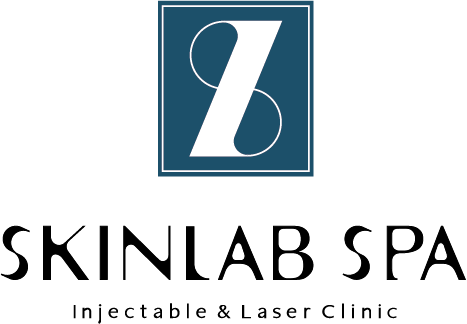
PDRN (polydeoxyribonucleotide) has emerged as a significant trend in the skincare world, particularly in Korea, where its use in rejuvenating treatments is gaining widespread attention. Derived from DNA fragments, PDRN is being celebrated for its potential to improve skin health and combat signs of aging. Let’s dive into what PDRN is, the science behind its effects, and why it’s becoming a skincare phenomenon.
PDRN consists of small DNA fragments extracted from natural sources. These fragments can come from various origins, including fish like chum salmon and rainbow trout, as well as plant-based sources like ginseng and green tea. Salmon DNA is particularly popular due to its high purity, ease of sourcing, and established use in cosmetics and medical treatments.
PDRN works by stimulating cell regeneration, encouraging collagen production, and enhancing skin’s natural repair processes. This makes it a valuable component in both wound healing and cosmetic treatments designed to improve skin texture and elasticity.
The primary research on PDRN focuses on its ability to promote tissue repair and reduce inflammation. Key findings include:
While promising, more large-scale human studies are needed to confirm its effectiveness for cosmetic purposes, particularly in healthy skin.
PDRN is available in various formats, from injectable treatments to topical products. Its primary applications include:
For those seeking alternatives to fish-derived PDRN, some brands offer vegan versions sourced from plants like ginseng and green tea. While these products lack the extensive research backing salmon-derived PDRN, they appeal to consumers prioritizing sustainability and cruelty-free skincare.
PDRN is poised to become a global trend, thanks to its scientific allure and versatility. The skincare industry thrives on innovation, and PDRN’s regenerative capabilities fit perfectly into the narrative of high-tech beauty solutions.
